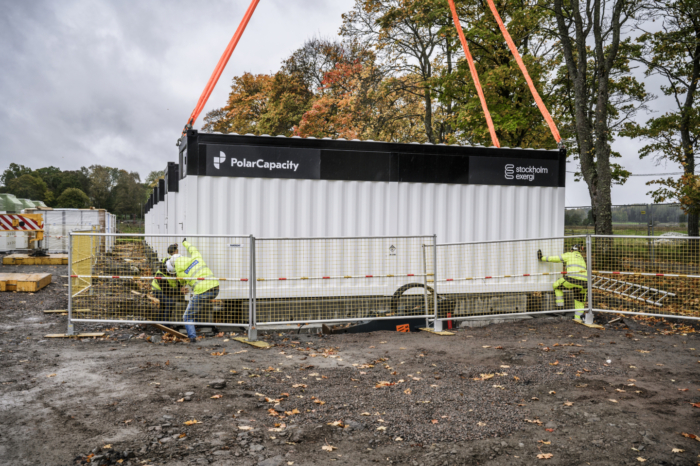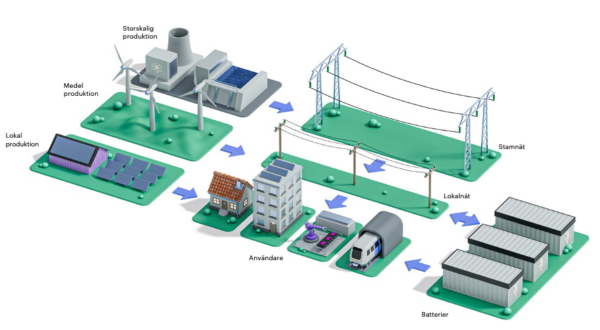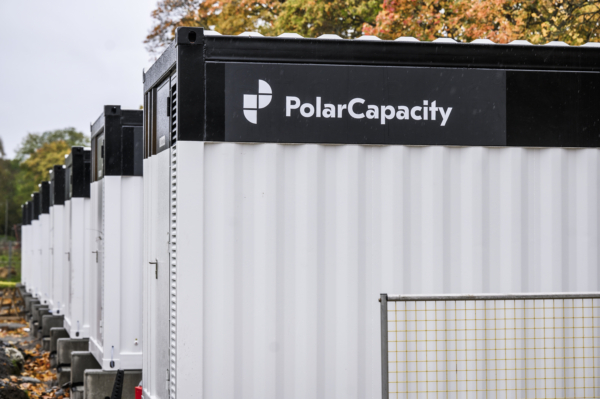
How does a battery park work?
Battery parks — essential for the green transition
Battery parks play a key role in the green transition of the energy system. On the production side, we need to reduce dependence on fossil fuels and enable a shift to renewable energy sources. On the consumption side, we are seeing a dramatic increase in electricity use due to digitalization and the electrification of transportation and industry. Battery parks help solve these challenges.
How does a battery park work in practice?
A battery park can be compared to a giant power bank, used when fluctuations in electricity consumption or production become too large. The batteries are placed next to a grid station and are charged when conditions in the electricity system allow, and discharged when demand is high.
Our battery systems consist of containers, each holding around 180 lithium batteries — the same type of technology found in most electric vehicle batteries.
Battery parks help support and stabilize local electricity grids by providing large-scale power during shortages in the electricity system, particularly in the Greater Stockholm area.
Why are battery parks needed?
Battery parks address several challenges in the energy system by storing surplus renewable energy when production is high and feeding it back into the grid when demand peaks. This creates a more stable and reliable electricity supply. The flexibility they provide allows for greater integration of solar and wind power into the energy system and accelerates the transition to renewables. Battery parks are therefore a crucial enabler of a green and sustainable future.

Variations in the electricity system are increasing, partly due to growing wind power production but also as a result of digitalization and the electrification of transportation and industry. These fluctuations mean that the system must be able to rapidly increase or decrease output to maintain balance.
The electricity grid must maintain a stable frequency of 50 hertz, as all equipment that consumes or produces electricity in Sweden is designed for this frequency. If the frequency falls below 50 hertz, electricity production needs to increase — and if the frequency rises above 50 hertz, production must decrease. Battery parks play a vital role in maintaining this balance.
Stockholm Exergi and Polar Capacity in partnership for battery storage
Stockholm Exergi and Polar Capacity have entered a long-term partnership to jointly build large-scale battery parks in Stockholm County. The two companies have established a jointly owned subsidiary that will build battery parks to deliver power and ancillary services, contributing to greater stability in the energy system, particularly in the Stockholm area.
The first step for the new company is to establish a 20 MW battery park in Haninge. The long-term plan includes building several large-scale battery parks across the county with a total capacity of at least 100 MW to further strengthen the grid.

Image from the first battery park in the Stockholm area, set to open during Q1 2024. Photo: Ari Luostarinen.
[Click here to download our brochure (in Swedish) about battery parks, how they work, and their role in the energy transition.]
